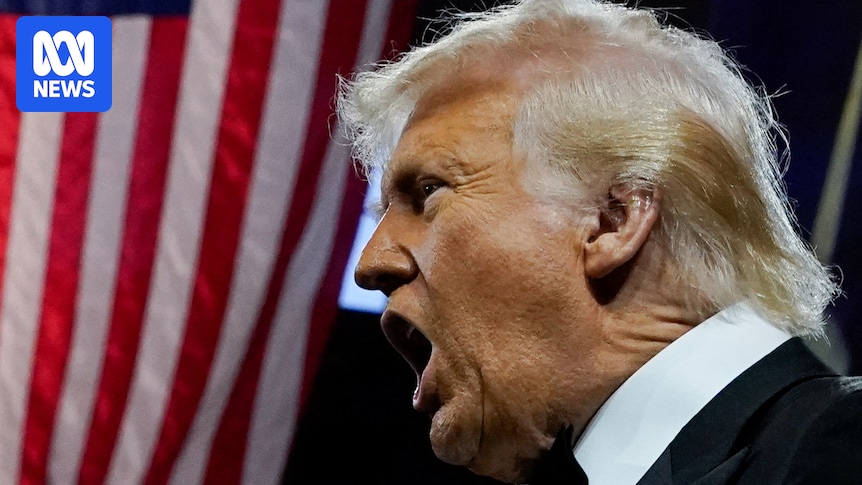
The European Union’s leadership has been engaged in extensive discussions with Chinese Foreign Minister Wang Yi in Brussels this week, focusing on trade and geopolitical issues such as Ukraine. These talks precede an EU-China summit scheduled for later this month. Meanwhile, EU member states are internally debating their collective stance towards the United States, as the pause in unilateral tariffs announced by U.S. President Donald Trump in April is set to expire next week.
In a parallel development, President Trump announced a new trade agreement with Vietnam, marking one of only three deals made since his “Liberation Day” on tariffs on April 2. This deal is particularly significant as it involves a nation with close economic ties to China. The international landscape of diplomacy and trade negotiations has rarely been as active or intricate as it is today.
Trump’s Trade Maneuvers and Global Repercussions
Both the United States and China are embroiled in a trade “arms race” with numerous countries, spanning from Africa to Europe and the BRICS nations, including Brazil, as well as Central and Southeast Asia. This dynamic introduces new complexities in global relationships, particularly for countries like Vietnam, which was severely impacted by the U.S. tariffs announced in April, facing a 46% tariff.
The recent U.S.-Vietnam trade deal reduces tariffs on Vietnam’s exports to the U.S., such as textiles and computer components, to 20%. Trump claimed in a Truth Social post that the agreement would allow the U.S. to sell products to Vietnam at zero tariff. However, the deal includes a significant caveat: a 40% tariff on “trans-shipping,” a measure perceived as targeting China. This aspect poses challenges for Vietnam, given its economic interdependence with China.
“China’s commerce ministry is conducting an assessment of the agreement for signs it might be done at the expense of its interests and will take countermeasures to safeguard its legitimate rights and interests.”
China’s Strategic Moves and Regional Impact
China has been increasing its influence in the region. President Xi Jinping’s visits to Cambodia, Vietnam, and Malaysia in April resulted in over 45 cooperation agreements, including expanded market access for agricultural goods, technology exchanges, and infrastructure developments. In response to the Vietnam deal, Beijing has issued warnings to neighboring countries about potential U.S. agreements that could undermine Chinese interests.
The Wall Street Journal reported in April that the U.S. intends to pressure over 70 countries to reduce trade ties with China. Among the nations recently targeted by Trump’s rhetoric is Japan. The ripple effects of Trump’s trade policies extend from Panama, which withdrew from China’s Belt and Road Initiative due to U.S. concerns, to Africa, where the U.S. intervened in a long-standing conflict between Rwanda and the Democratic Republic of the Congo.
Europe’s Position Amid Trade Tensions
The European market, highly coveted by both the U.S. and China, faces potential upheaval as these superpowers vie for influence. While some analysts fear a bifurcation into two trade blocs, the current complexity of trade deals suggests this is unlikely in the short term. Nevertheless, the situation could disrupt economic relationships and global supply chains.
European Union President Ursula von der Leyen has stated that reaching a detailed agreement with the U.S. before next week’s deadline is impossible. However, with the looming threat of 50% tariffs on European goods, particularly affecting Germany’s car industry, there is pressure to find a resolution. Concurrently, the EU and NATO members are grappling with geopolitical and trade questions exacerbated by the conflict in Ukraine and U.S. disengagement in Europe.
“Chinese Foreign Minister Wang Yi told the EU’s top diplomat that Beijing did not want to see a Russian loss in Ukraine, fearing a U.S. shift in focus to China.”
Australia’s Strategic Position
Amid these global shifts, Australia is reassessing its alliance with the United States. Prime Minister Anthony Albanese is set to deliver a speech honoring John Curtin, the “father” of Australia’s U.S. alliance, highlighting a nuanced perspective on the relationship. Albanese emphasizes that while the alliance remains a cornerstone of Australia’s foreign policy, it should be seen as a product of Curtin’s leadership, not its entirety.
“Curtin’s famous statement that Australia ‘looked to America’ was more than trading one strategic guarantor for another,” Albanese will assert. “It recognized that Australia’s fate would be decided in our region.” This represents a significant shift in language, reflecting the complex times and the need for an Australian foreign policy grounded in strategic reality rather than tradition.
As Australia navigates these challenges, the nation faces both opportunities and obligations to rethink its global role. Albanese’s remarks underscore the importance of responding to international dynamics with resilience and foresight.







